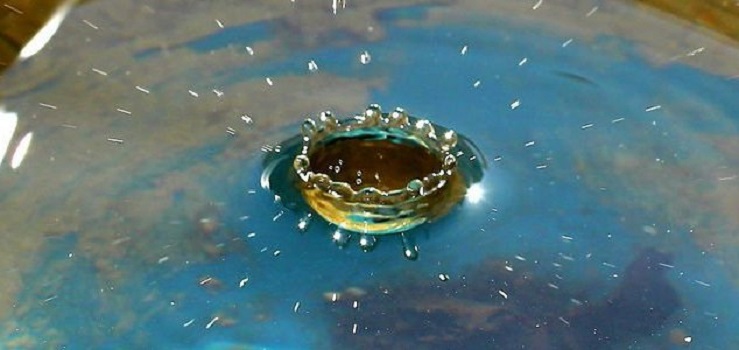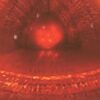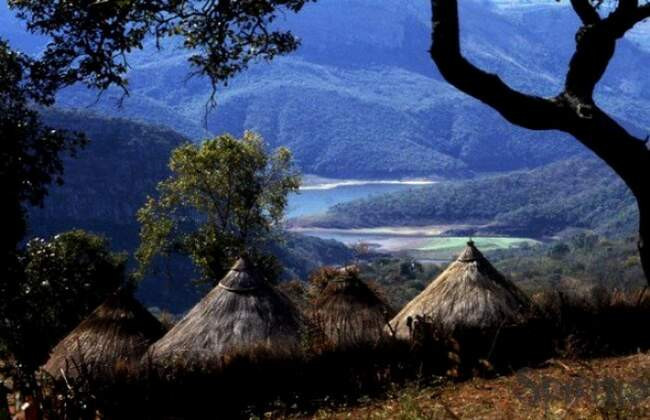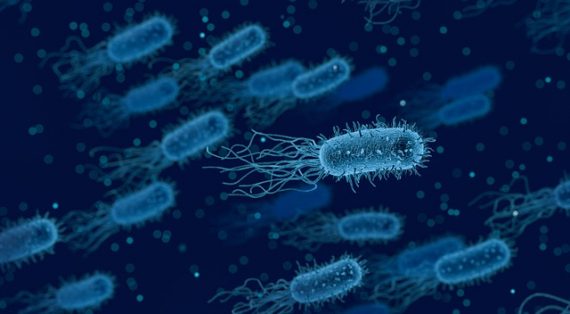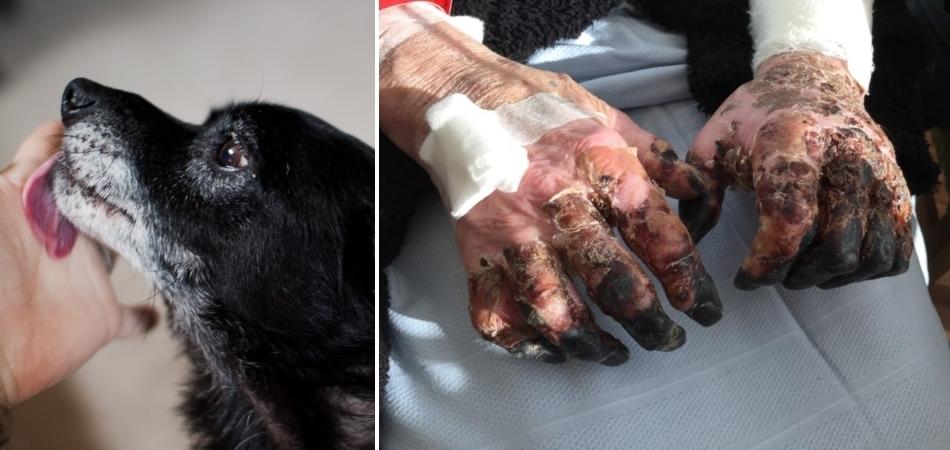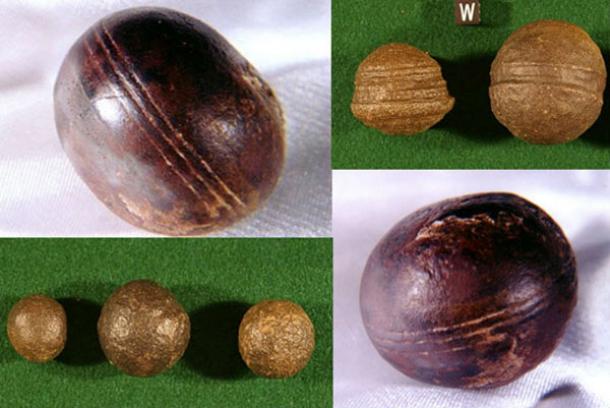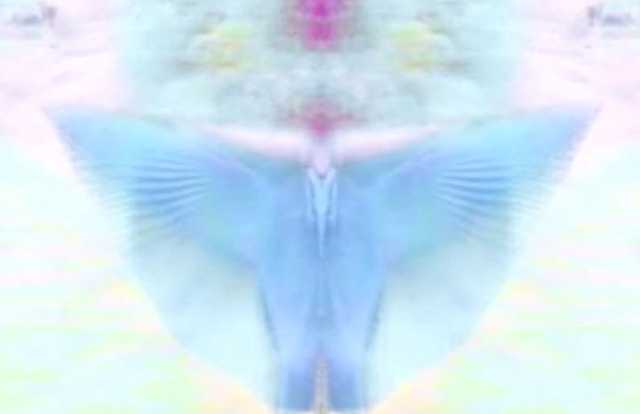Scientists have discovered what appears to be bacteria in water recovered from isolated ‘pockets’ in South Africa.
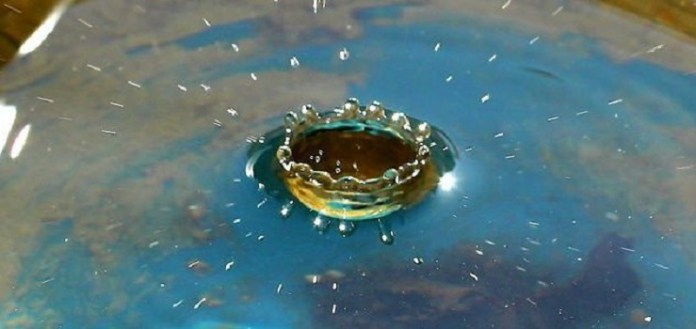
Situated three kilometers below the grassy plains, these isolated pockets of water have become the focus of a renewed research effort, backed by funds from NASA and the National Science Foundation.
Samples of this water, obtained from a deep gold and uranium mine, appear to contain rod-shaped structures indicative of bacteria or other microbes that may have lived and developed over two billion years in complete isolation from the rest of the world.
Devan Nisson, a student at Princeton University, said;
There is a potential that [the pockets] have been isolated for a long time. So this would be a unique opportunity to see life essentially evolving in a bubble.
Although it is still possible that the structures observed in the samples may be minerals and not life forms, a more detailed analysis should be able to determine this once and for all.
While it is true that life can survive in such an isolated environment for billions of years, it opens the possibility of finding similar life pockets on other planets like Mars. This may also support the notion that life could exist under the ice on the Europe and Enceladus moons.
